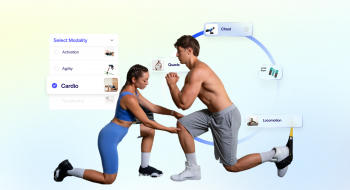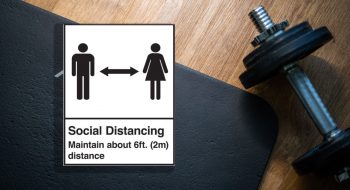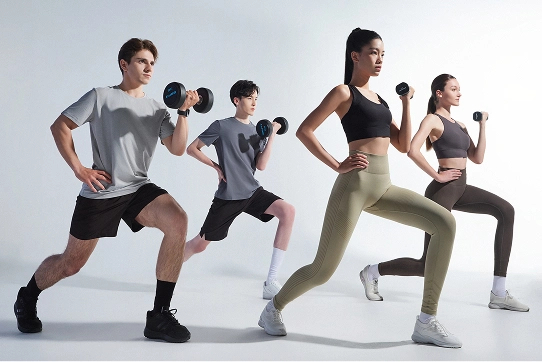RIR (reps in reserve) and RPE (rated perceived exertion) are the most accurate ways to gauge your workout intensity during strength training, hypertrophy, periodization, or general fitness.
Let’s cover them all in this blog, from understanding their meaning and benefits to effectively using them in your training. This blog is written by Patryk Piekarczyk, MS, CSCS, ACSM-CPT, a fitness and nutrition coach with years of experience.
Key takeaway
- RIR (Reps In Reserve) and RPE (Rate of Perceived Exertion) are subjective tools for autoregulating training intensity.
- RIR counts how many reps you could have done; RPE measures how hard a set felt.
- Both can improve periodization and training personalization.
- RIR is often better for strength progressions, while RPE works well for conditioning and volume management.
What is RPE in training?

RPE means Rating of Perceived Exertion, a Borg Scale (from 1 to 10 or 6-20) that rates the intensity of physical activity corresponding to their mental fatigue and strength.
Simply put, RPE helps track how hard your body works to finish a set, a rep, or an activity. Each number corresponded with a multiple of 10 and was associated with heart rate. For example, an RPE 8 would be a heart rate of 80 beats per minute.
How to Calculate RPE?
Since heart rate is a less relevant metric for lifting, a scale of 1 to 10 is typically used. Thus, a 1 out of 10 is the lowest rating, and a 10 is the maximal effort. Here’s a breakdown of the RPE scale:
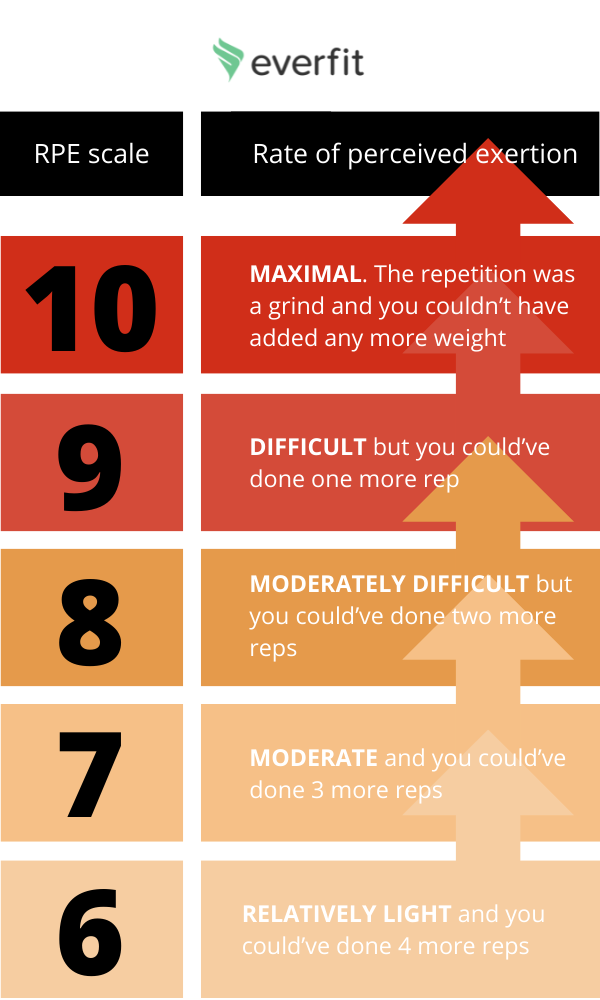
Typically, 6 is the lowest rating for RPE when used for lifting. Therefore, it becomes difficult to estimate RPE under 6 accurately, and for strength or hypertrophy purposes, sets performed under an RPE of 6 aren’t very effective.
But if you are trying to increase speed or power, sets under an RPE of 6 would be helpful. For this case, converting RPE to a percentage of 1RM (1 rep max) might work better. The easiest formula is multiplying your RPE by 10, or you can use this RPE Calculator and Converter for more accuracy.
If you’re interested in how you can implement other online personal training periodization methods, such as percentages, check out this article.
RPE scale can also be set in halves (i.e., RPE 6.5, 7.5, 8.5, or 9.5). The halves indicate you could’ve done somewhere between the above reps or added weight. The halves are essential since they mean the set could have been heavier.
- 9.5 out of 10 means you had 0-1 reps left and could’ve added weight.
- 8.5 out of 10 means you had 1-2 reps left and could’ve added weight.
- 7.5 out of 10 means you had 2-3 reps left and could’ve added weight.
- 6.5 out of 10 means you had 3-4 reps left and could’ve added weight.
What is RIR in lifting?

RIR stands for Reps in Reverse, which is another way to calculate your effort besides RPE. Repetitions in reserve state how many more reps you could have done with good form, without failure. For example, an RIR of 3 indicates you could have done 3 more reps. You could also use ranges for RIR. RIR 2-3, for example, would suggest that you could have done 2 or 3 more reps.
Using RIR for strength training and hypertrophy allows you to regulate your effort, adjusting your workout intensity based on your readiness instead of weights or ego lifting. This leads to safe training with stable growth.
How to Calculate RIR?
Powerlifters often hit a top single at a certain RPE, and it makes more sense to indicate how complex the set was with RPE in this case than with RIR, although both are valid ways to assign difficulty. This becomes more evident at higher RPEs, such as those between 8 and 10. An RPE of 10 and 9.5 are both an RIR of 0, for example, but knowing whether the set was a 9.5 or 10 is still valuable as a coach or athlete.
Examples:
- 3 RIR (or RPE 7) = 3 Reps In Reserve = 3 reps away from failure
- 2 RIR (or RPE 8) = 2 Reps In Reserve = 2 reps away from failure
- 1 RIR (or RPE 9) = 1 Rep In Reserve = 1 rep away from failure
- 0 RIR (or RPE 10) = 0 Reps In Reserve = 0 reps away from failure/max effort
RPE vs RIR: Which one should you use, and when?
Typically, RIR is a better choice for higher rep movements, while RPE tends to be a better scale for lower reps.
A good rule of thumb is to use RPE for any set with 5 or fewer reps and RIR for any set with 6 or more reps.
Although this rule isn’t set in stone, it can help you more accurately determine the difficulty of your sets. This information shows that RPE would benefit heavy sets in strength sports (strongman, powerlifting, Olympic weightlifting). At the same time, RIR would be most useful for bodybuilding, muscular endurance, or accessory movements.
Benefits of Using RPE and RIR
The best part about RPE and RIR in training is their accessibility and practicality. They are all about body awareness, which both beginners and advanced lifters can apply to strength, endurance, and mixed training.
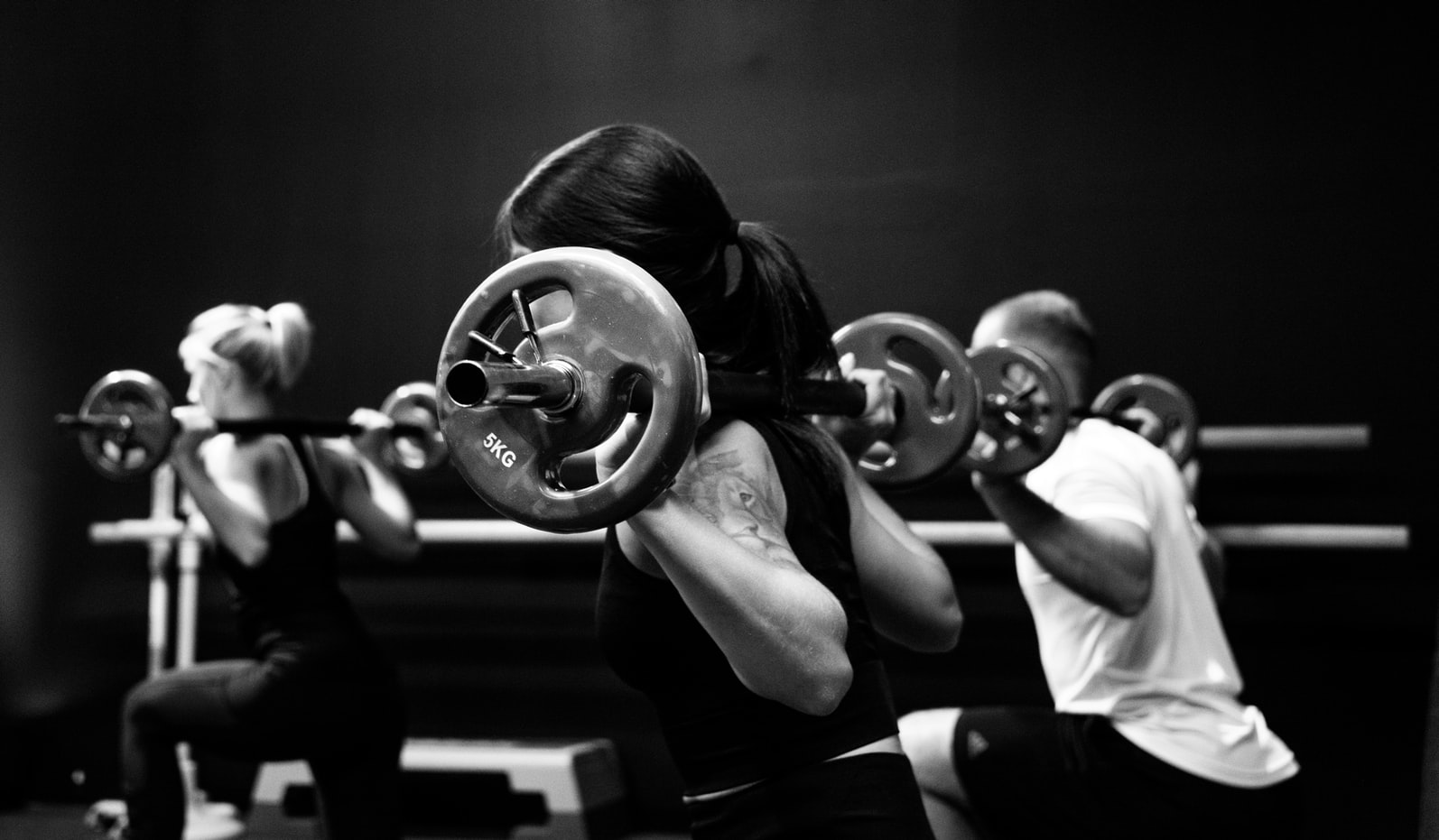
Auto-regulate your training intensity.
Your strength isn’t the same today as it was yesterday or last week. Hydration, sleep and fatigue, nutrition, injury or soreness, psychology, and general recovery can impact strength.
Using an RPE or RIR prescription for a set can allow you to choose weights appropriately for how you feel that particular day, rather than relying on a percentage that may not consider undulating strength levels.
Improved load management
RIR and RPE Scale reduce the risk of overtraining and undertraining, so you can move faster and better towards your goal. This creates progressive overload naturally, as perceived effort and rep limits are adjusted.
Injury Prevention
By understanding your limit with RIR and RPE, you can train close to but not constantly at failure, giving your muscles time to breathe and not break apart. Constantly training at your max can kill your performance and muscles faster, but RPE connects subjective effort to performance, while RIR translates it into tangible measures.
When paired with %1RM or velocity-based training, RIR and RPE can give a more complete picture.
Example of RIR and RPE in Periodization Training
If you’ve ever coached someone, you know how unpredictable their day-to-day can be.
Some days, they’re full of energy and crushing workouts. Other days? Poor sleep, a skipped meal, and work stress can make the same weights feel 30% heavier. With RPE and RIR programming, your client can adjust their workout based on how they feel that day, and they’re still training at the right intensity, instead of doing rigid “3 sets of 6 at 85% of 1RM”
It also helps them build autonomy. They learn to listen to their body, take ownership of their effort, and become smarter lifters.
The simplest way to use RPE or RIR in training is to assign intensity (e.g., light, moderate, moderately heavy, and heavy) by ranges.
However, the potential for maximally recruiting muscle fibers increases the closer you approach failure. Keep this in mind when programming lower than RIR 4 or RPE 6. There is a time to keep more reps in the tank in circuits or finishers, but you should avoid using RPE or RIR in those circumstances and subjectively assess intensity.
| Intensity | RPE | RIR | Training goals |
| Light | RPE 6-7 | RIR 3-4 | Recovery |
| Moderate | RPE 7-8 | RIR 2-3 | Hypertrophy, Endurance |
| Moderately Heavy | RPE 8-9 | RIR 1-2 | Hypertrophy |
| Heavy | RPE 9-10 | RIR 0-1 | Strength, Progressive |
Example of how you might weave RPE/RIR into a typical 3-phase program:
| Time | Phase | RPE | RIR |
| Week 1 to 4 | Foundational: You’re laying down good habits, clean movement patterns, and building work capacity. | RPE 6–7 | RIR 3–4 |
| Week 5 to 8 | Progression, Hypertrophy: Technique is locked in. You’re gradually adding more challenge without crossing the line into burnout, | RPE 7–8 | RIR 2–3 |
| Week 9 to 12 | Peak intensity: Volume might drop a little, but intensity creeps up. These are the heavy sets where clients really feel the payoff. | RPE 9–10 | RIR 0–1 |
Pro tip: You can set up RIR and RPE tracking on Everfit Personal Training Platform using a custom tracking field!
Tips on using RPE and RIR safely
Adding RPE and RIR to your online coaching doesn’t have to be complicated. In fact, with just a few tweaks, you can start using these tools to make your programs more flexible, personalized, and effective.
Tip 1: Use Simple Language to Teach Clients What RPE/RIR Means
Your clients don’t need a textbook. Instead, give them relatable cues like:
- “Leave 2 reps in the tank.”
- “That last rep should feel like you could only do one more.”
- “AMAP but stop before it turns into a grind.”
Include a quick RPE or RIR scale in your notes or pinned messages, and reinforce it during weekly check-ins.
Tip 2: Use Videos
Most clients won’t nail RPE/RIR accuracy on Day 1. And that’s okay. Treat the first 2–3 weeks as a calibration phase.
- Ask them to record key sets and rate their RPE or RIR.
- Give feedback on how close they were (e.g., “You said RPE 8 — looked more like a 6. You had more in the tank!”).
- Help them learn how bar speed, breathing, and rep difficulty correlate to effort.
Everfit makes this easy with video uploads and workout comments. Keep it conversational, and improvement will come fast.
Tip 3: Reinforce Autoregulation in Check-Ins
Make RPE/RIR part of the conversation. Ask:
- “How did the weight feel this week?”
- “Were those RPE 8 sets actually challenging?”
- “Did you go too light or too heavy?”
This opens up quality coaching conversations and helps you adjust their plan proactively. You can easily set up these questions with our Automated Check-ins form and questionnaires.
FAQ about RIR and RPE in fitness training
- Is RPE or RIR better for fitness training?
RPE and RIR are both useful for managing physical strength and autoregulating intensity. The RPE scale tracks effort better and focuses more on lower reps. RIR is a better choice for higher rep movements as it offers proximity to failure.
- Who can use RPE and RIR?
RPE and RIR can be used for hypertrophy, weightlifting, or general training at all fitness levels, from beginners to athletes to pro-lifters.
- What are the safest RPE and RIR ranges?
RIR 2-4 and RPE 6-8 are the safest ranges to minimize injury risks for most lifters for general training and hypertrophy. If you go for strength training or reps to failure, RIR can go lower, and RPE can go higher.
Summary
Both RPE and RIR can be helpful tools for auto-regulating your training. Fair warning: it can take a few weeks or months to assess your intensity accurately with RIR or RPE! Be patient; it takes practice. I suggest making notes frequently in your training log and taking videos of yourself. In time, you will become more in tune with your training and reap the benefits of auto-regulated training.







